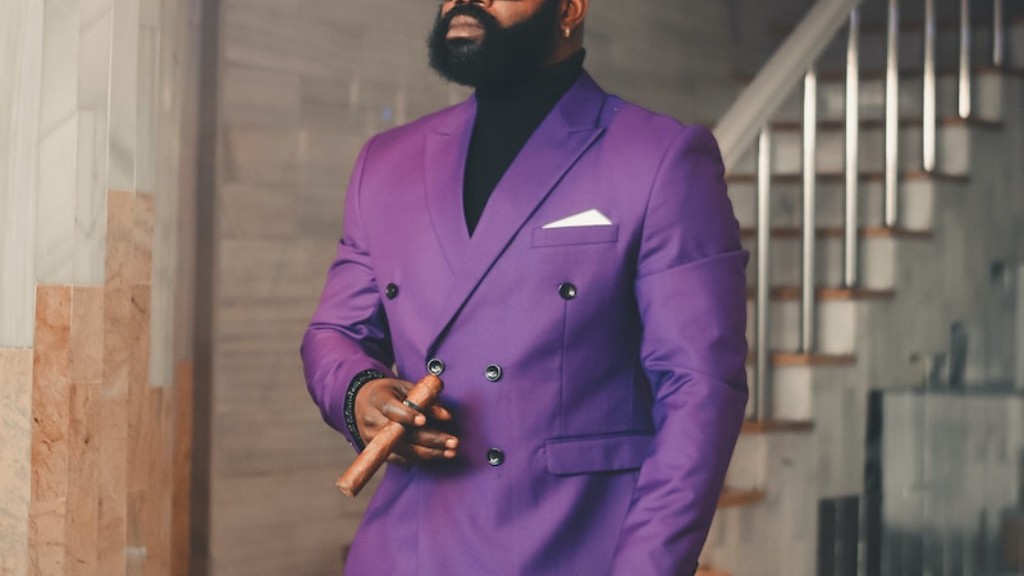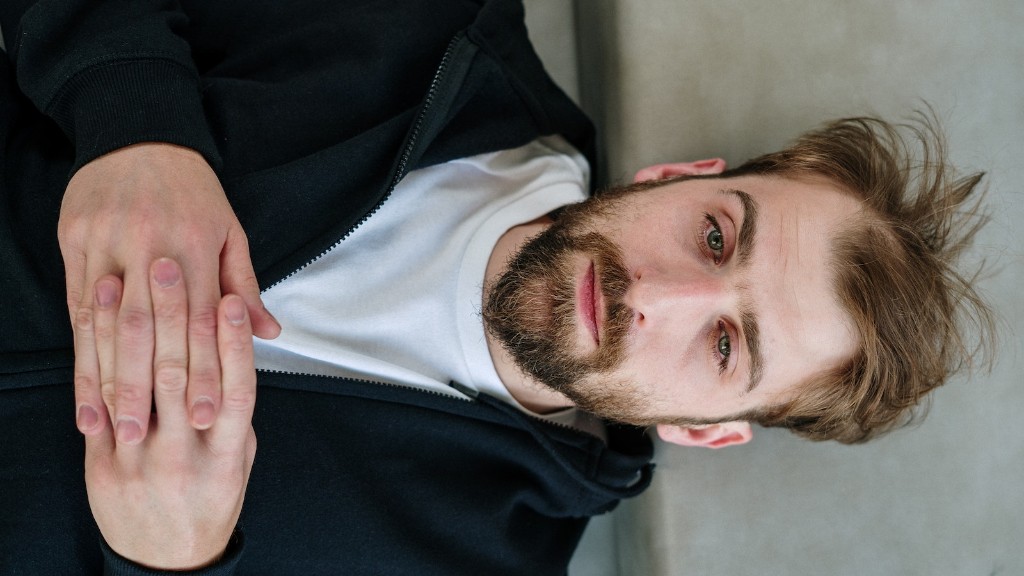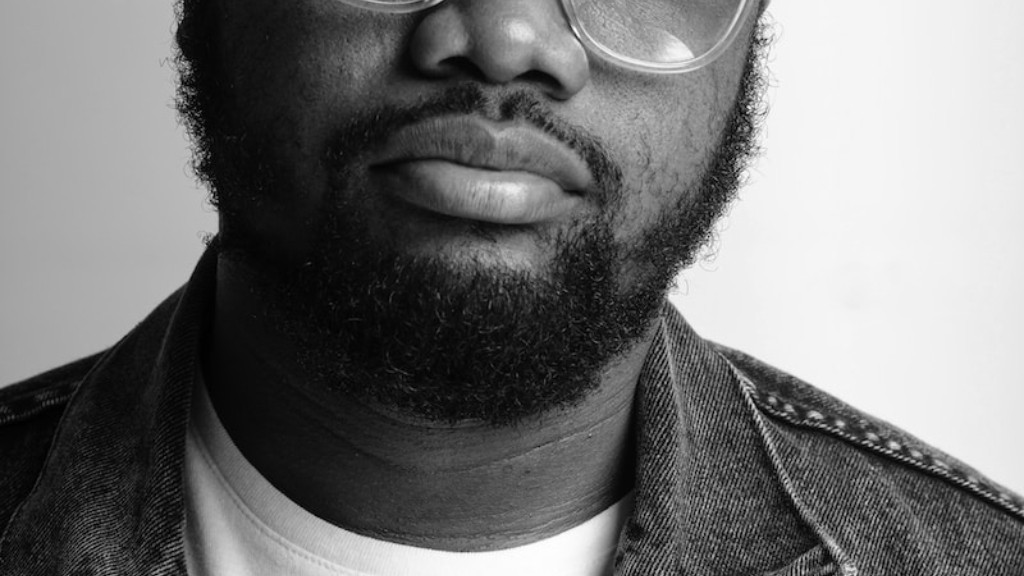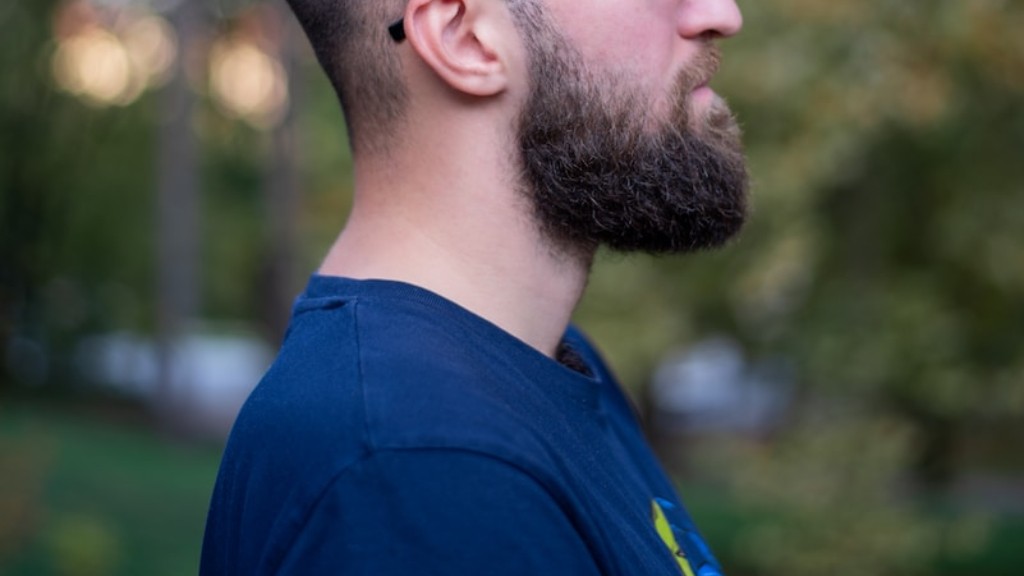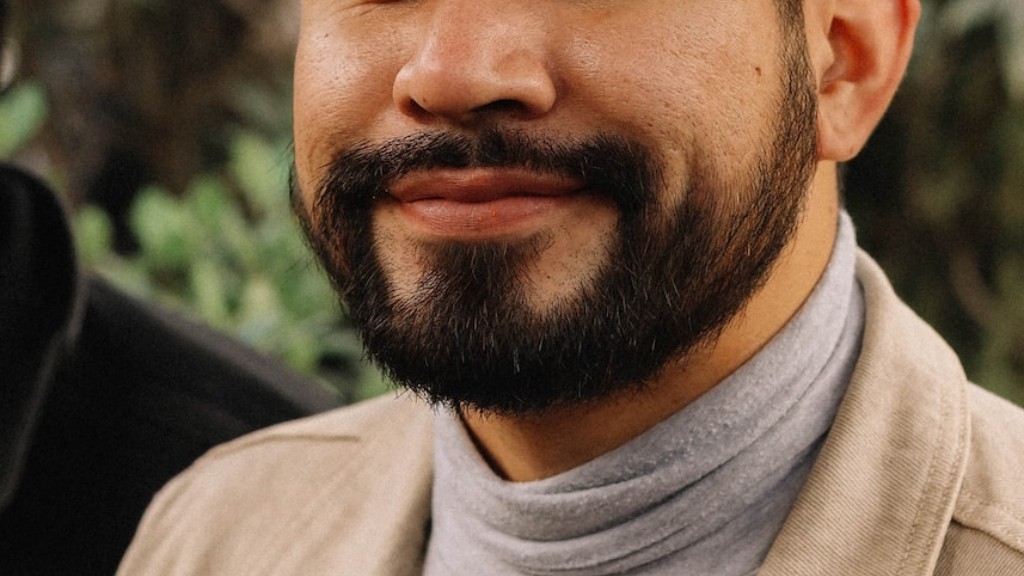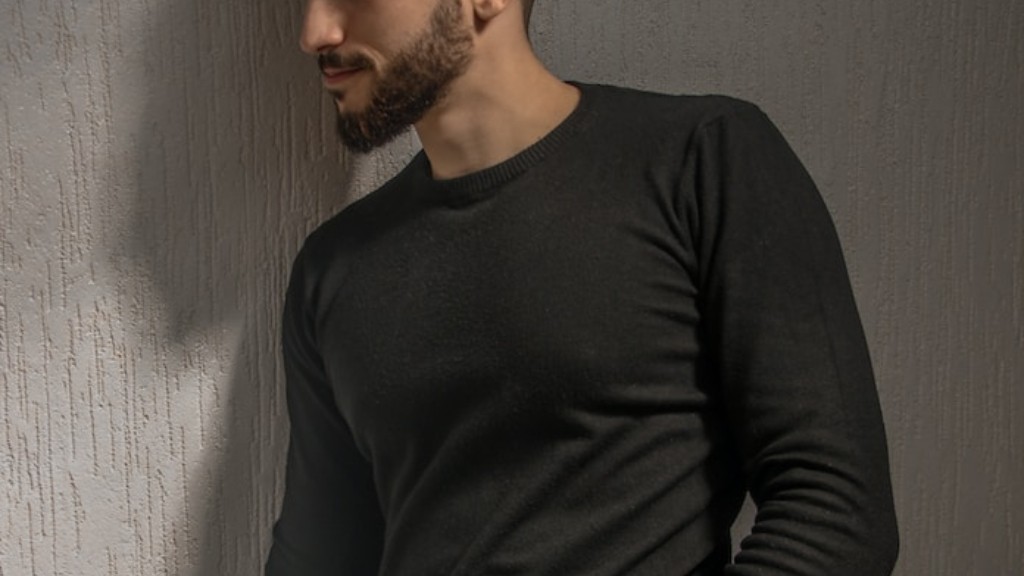Although beards and mustaches are both facial hair, it is possible to grow a beard but not a mustache. This is because the hair follicles on the upper lip are shorter than the hair follicles on the chin, making it more difficult to grow a mustache. There are a number of reasons why someone might want to grow a beard but not a mustache, including personal preference or cultural norms. In some cases, people may find that they are able to grow a mustache but it is patchy or uneven. If this is the case, they may choose to shave it off or trim it down to a more manageable size.
There isn’t a single answer to this question since everyone’s hair growth is different. While some men may be able to grow a beard but not a mustache, others may find that they can only grow a mustache and not a beard. Then there are those men who are able to grow both a beard and a mustache. So, it really all depends on the person.
Why is my mustache not growing in?
A healthy mustache requires a balanced diet with enough proteins, vitamins, and minerals. Without these key nutrients, the mustache will suffer. To ensure a healthy mustache, make sure to eat a variety of nutrient-rich foods and consult with a doctor or nutritionist if you have any concerns.
There are many reasons why a man can develop patchy thin mustache on his upper lip, including young age, differences in genetics, insufficient beard nutrients, and simply just being too impatient with letting your mustache grow out properly before you embark on any trimming or shaping. If you’re experiencing any of these issues, don’t despair— there are ways to fix patchy mustache and promote healthy hair growth. With the right care and patience, you can have the thick, luscious mustache of your dreams.
How do you trigger a mustache to grow
Your first steps toward reaching your facial hair goal should include the following:
-Reduce stress: According to the Mayo Clinic, while there’s not a simple yes or no answer, some hair loss could be related to stress.
-Eat a healthy diet: Get plenty of rest.
-Don’t smoke: Take care of your skin.
There is no one right way to grow a mustache. Just like with anything else, you have to experiment to see what works best for you. Try out different mustache styles, use different products, and eat a balanced diet to make sure you’re getting all the nutrients you need.
Why does my mustache take forever to grow?
The first phase of hair growth is known as the Anagen phase. This is when the hair follicle is stimulated and the hair starts to grow. The Anagen phase can last for a few months to a year, depending on the individual. Unlike scalp hair, which can go through this phase for several years, facial hair only goes through this phase for a shorter period of time. This is why facial hair never grows long enough to reach the floor.
There are a few things that can impact facial hair growth, and one of them is low testosterone levels. In some cases, people with extremely low levels of testosterone have next to no facial hair. However, unless your testosterone levels are clinically low, they probably aren’t impacting your facial hair growth. There are other factors that can affect beard growth, so if you’re concerned about your facial hair, it’s best to talk to a doctor or dermatologist.
How can I make my beard more moustache?
A well-groomed beard can be a great addition to your appearance, and there are a few things you can do to encourage beard growth. Exercise and good nutrition are important for overall health and can help promote beard growth. In addition, there are vitamins and supplements specifically designed to support beard growth. Finally, be sure to get plenty of sleep, as sleep is essential for optimal health. By following these tips, you can maximize your chances of growing a healthy, full beard.
Testosterone and DHT are two hormones that are responsible for regulating and stimulating facial hair growth. In most cases, higher levels of testosterone and DHT will result in faster, thicker, and better beard growth. However, it is important to note that each individual responds differently to these hormones, so some may not see as dramatic of results as others. Additionally, lifestyle factors such as diet and stress can also impact facial hair growth.
At what age do you grow a full mustache
During puberty, the first facial hair to appear in males tends to grow at the corners of the upper lip (age 11-15). It then spreads to form a moustache over the entire upper lip (age 16-17).
There are many factors that contribute to facial hair growth. Genetics certainly play a role, but other factors such as testosterone levels and puberty can also have an effect. Some people are simply able to grow more facial hair than others, and there is not always a clear reason why. Ultimately, it is impossible to say definitively why one person can grow a beard and another cannot.
Is growing a moustache hard?
If you want to grow a mustache, it takes a bit more than just growing the mustache. You need to be patient while trimming it, and consider the aesthetics of your mustache. The right products also need to be used to maintain it. Growing a beard is much the same – you can’t just let the hair grow out and expect a perfectly groomed miracle.
Exfoliation is key for stimulating hair growth – it helps to increase blood flow in the skin and also prevents ingrown hairs. Be sure to moisturize afterwards to keep skin hydrated.
How long does it take to train a mustache
According to most experts, it takes about two months for a mustache to truly fill out. This is because the hairs near the nose need to grow long enough to reach the upper lip. Once the mustache is fully grown, you can then trim all of the hairs along the top lip (if you want) so they match up.
The study found that there was no correlation between beard length and testosterone levels or dominance. This means that the hypothesis that beards are an honest signal of the testosterone levels and dominance of the owner is not supported by the evidence.
What percent of men can grow a mustache?
Some men choose to study mustaches because they are rare. Fewer than 15% of men have them, according to some estimates.
Testosterone is a hormone that affects the growth of facial hair, and its levels can vary Males between 19 and 38 typically have a range of 264 to 916 nanograms per deciliter. This represents the 25th to 975th percentile for testosterone Low testosterone can adversely affect beard growth.
Warp Up
There are a few reasons why someone might be able to grow a beard but not a mustache. One reason could be that the person has a higher level of testosterone in their body, which can cause facial hair to grow more readily. Another possibility is that the person has a genetic disposition for growing facial hair in certain patterns. For example, some men can only grow a mustache if they also have a beard. Finally, it could be that the person simply hasn’t tried hard enough to grow a mustache – it takes a lot of time and patience to grow facial hair, so it’s possible that they simply haven’t given it a fair chance.
There is no clear answer to this question. Some people can grow a beard but not a mustache, while others can grow a mustache but not a beard. It is possible that the ability to grow facial hair is determined by genetics.
